A dog is a great companion, but can be difficult to handle when around other animals. Whether you are walking your dog in the park or just visiting a friend’s house, it is important to make sure that your pup is well-behaved and respectful of other animals. Proper training will help you and your pup make the most out of social situations. Here’s what you need to know about training your dog to behave around other animals.
Start With Socialisation
The first step in training your dog to behave around other animals is socialization. This involves introducing them to different types of people, places, and things from an early age so they become comfortable with new environments. For example, take them on walks in areas with lots of people and animals like parks or pet stores. This will help them learn how to interact with others in a safe environment. Additionally, if you have friends or family members with pets, ask them if you can introduce your pup so they can get used to being around different kinds of animals.
Teach obedience commands.
it is important that they have a good understanding of basic obedience commands such as sit, stay, come, and down. Once your dog has a solid understanding of these commands, you can begin working on more specific training.
Create Boundaries
Once your pup has had some exposure to other animals, it’s time to create boundaries for their behavior. Make sure that they understand that barking or growling is not acceptable behavior when meeting new dogs or cats. If they do bark or growl, give them a firm “no” and redirect their attention elsewhere with positive reinforcement like treats or toys. You can also teach them commands like “sit” and “stay” which will be useful for keeping them under control in public places where there may be more distractions than usual.
Work on Leash Manners
When walking your dog around other animals, it’s important that they have good leash manners. That means no pulling on the leash when excited or scared; instead practice walking calmly at all times so that your pup can focus on listening rather than running away at the slightest distraction. It also helps if you use a harness rather than a collar as this helps keep them steady and prevents any choking if they do pull too hard on the leash while distracted by another animal nearby. Finally, reward good behavior with treats or verbal praise whenever possible as this will reinforce their understanding of acceptable behaviors while walking outside with other animals present.
Use positive reinforcement.
When training your dog, it is important to use positive reinforcement techniques such as praise, treats, and petting. This will help your dog to associate good behavior with rewards and will make them more likely to repeat the desired behavior in the future.
Be patient and consistent.
Training a dog takes time, patience, and consistency. It is important that you do not get frustrated with your dog if they are not progressing as quickly as you would like. Remember to be patient and keep up with the training on a regular basis for the best results.
Seek professional help if needed.
If you are having difficulty training your dog yourself, seek out professional help from a certified animal behaviorist or trainer. They will be able to assess the situation and provide you with specific advice on how to best train your dog based on their individual needs
Training your dog how to behave around other animals requires patience and consistency but can be done! Start by introducing them to different people and places through socialization then create boundaries for their behavior while walking off-leash or meeting new furry friends at home—positive reinforcement goes a long way here! Finally, work on leash manners by using a harness instead of a collar and rewarding good behavior as much as possible; pretty soon you won’t have any more problems taking Fido out for walks in the park!


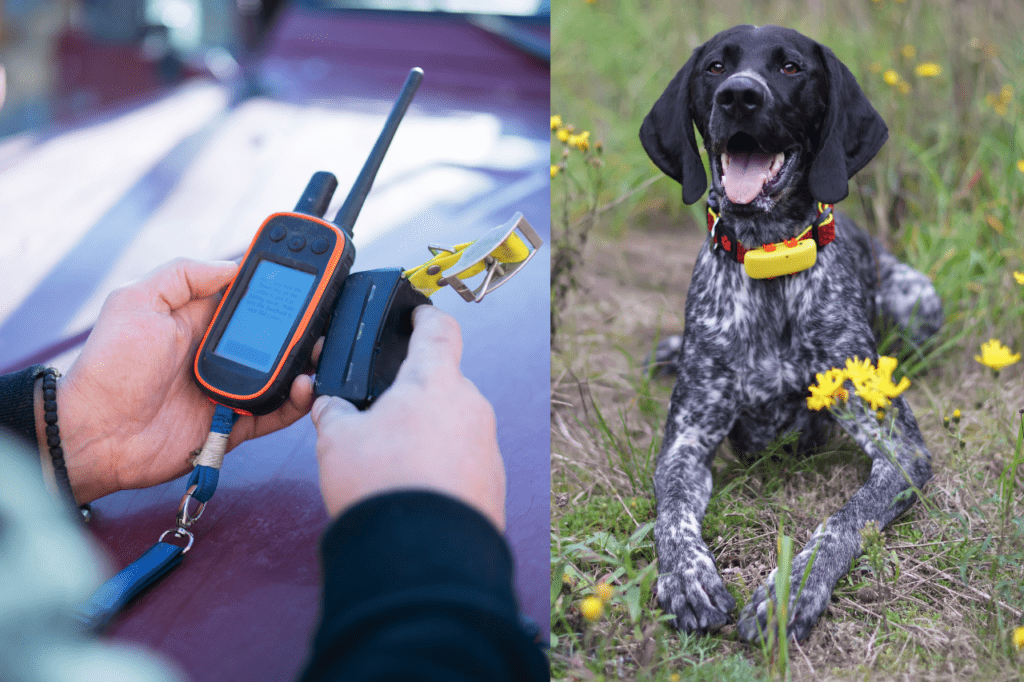
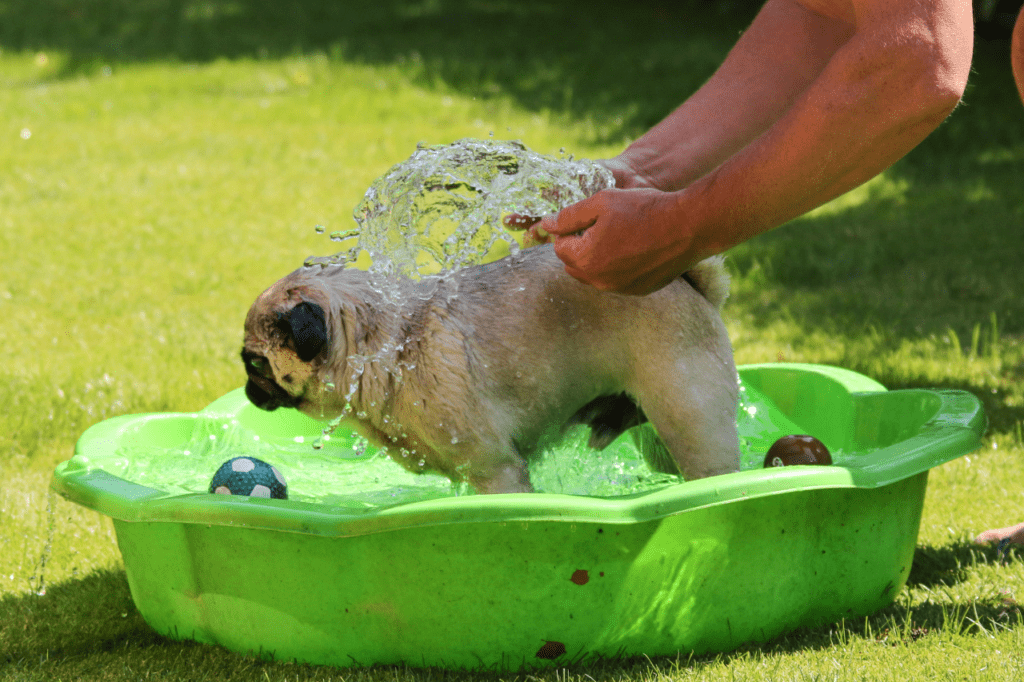
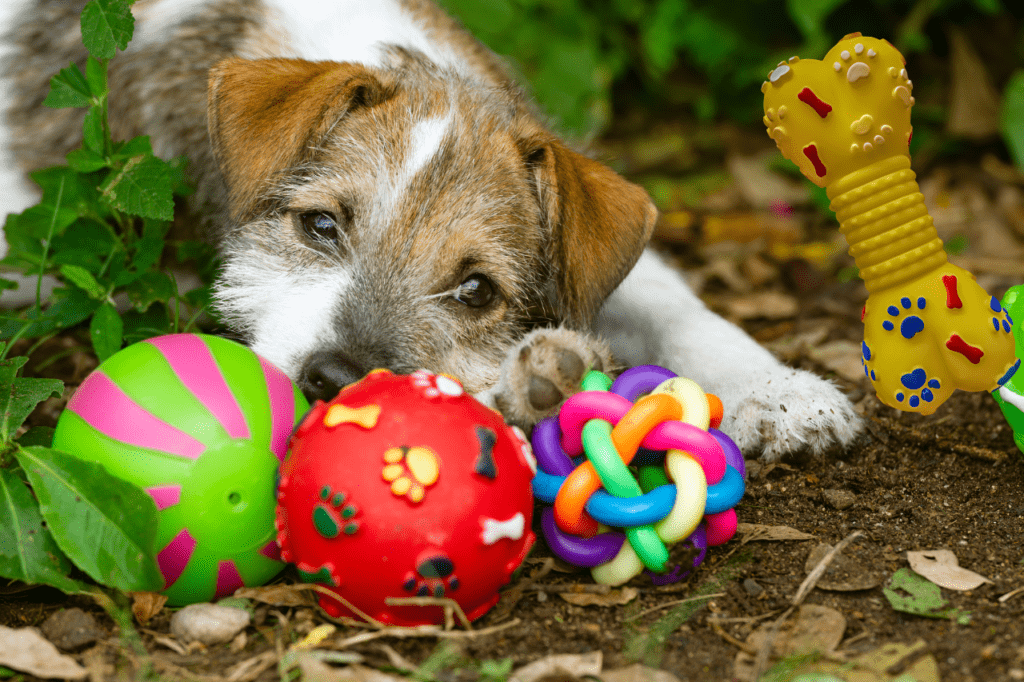
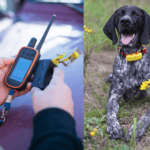
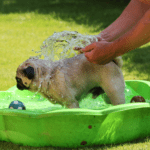
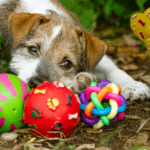

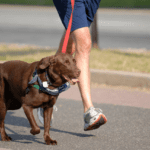
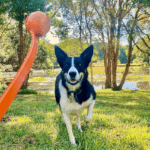
Recent Comments